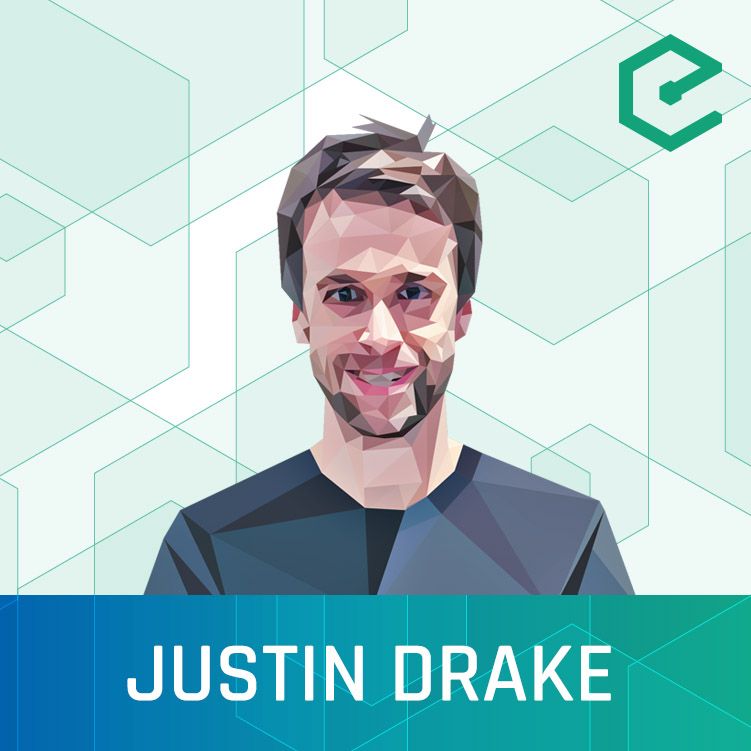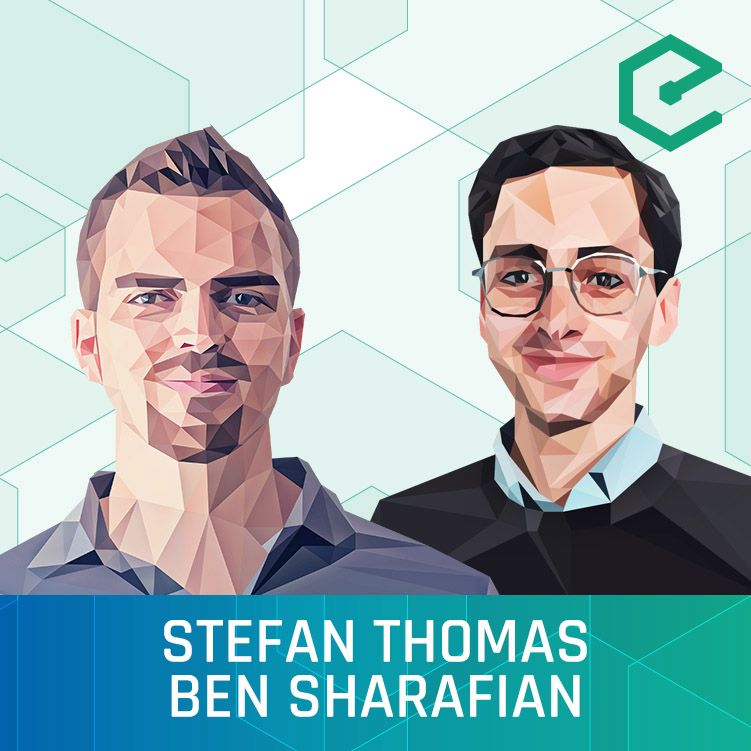
#263 Justin Drake: Ethereum’s Audacious Roadmap to Build a True World Computer
Epicenter - Learn about Crypto, Blockchain, Ethereum, Bitcoin and Distributed Technologies
Support the show, consider donating:
BTC: 1CD83r9EzFinDNWwmRW4ssgCbhsM5bxXwg
ETH: 0x8cdb49ca5103Ce06717C4daBBFD4857183f50935
The Ethereum vision has always been to create a world computer. But its scalability and performance limitations have meant that it has fallen far short of that vision. Yet, work on scaling Ethereum has exploded in breadth and complexity over the past years. From variants of PoS, to Plasma / Plasma Cash, sharding, EWASM, BLS signatures, everything has been on the table. While confusing on the surface, underneath a coherent vision for a new Ethereum that will scale near infinitely has emerged.
We were joined by Ethereum Researcher Justin Drake to discuss the Ethereum Serenity vision, its core components and the roadmap ahead. A particular focus was the beacon chain, the role of randomness and Verifiable Delay Functions.
Topics covered in this episode:
- Justin’s previous project building on top of Open Bazaar
- Why he made the switch from application development to Ethereum consensus research
- The high-level vision for Ethereum 2.0 / Serenity
- The Ethereum Serenity roadmap to scaling the world computer by 1m times
- The crucial role of the beacon chain
- The difference between Ethereum Serenity and Polkadot
- The role of randomness in making Ethereum Serenity work
- The limitations of existing trustless sources of randomness
- How Verifiable Delay Functions can be used to create better randomness
- The Ethereum Foundation plans to develop an open-source VDF ASIC
Episode links:
- DevCon4 Talk by Justin Drake about VDF & Randomness
- DevCon4 Talk by Vitalik Buterin about Ethereum 2.0
- VDF Research
- Minimal VDF randomness beacon - Sharding - Ethereum Research
- Ethereum Project
- Two Point Oh: Explaining Validators
- Two Point Oh: The Beacon Chain
This episode was hosted by Brian Fabian Crain, and is availble on YouTube, SoundCloud, and our website.
Next Episodes





#260 Devcon4 Recap – From HODL to BUIDL @ Epicenter - Learn about Crypto, Blockchain, Ethereum, Bitcoin and Distributed Technologies
📆 2018-11-06 19:44 / ⌛ 12:56:00